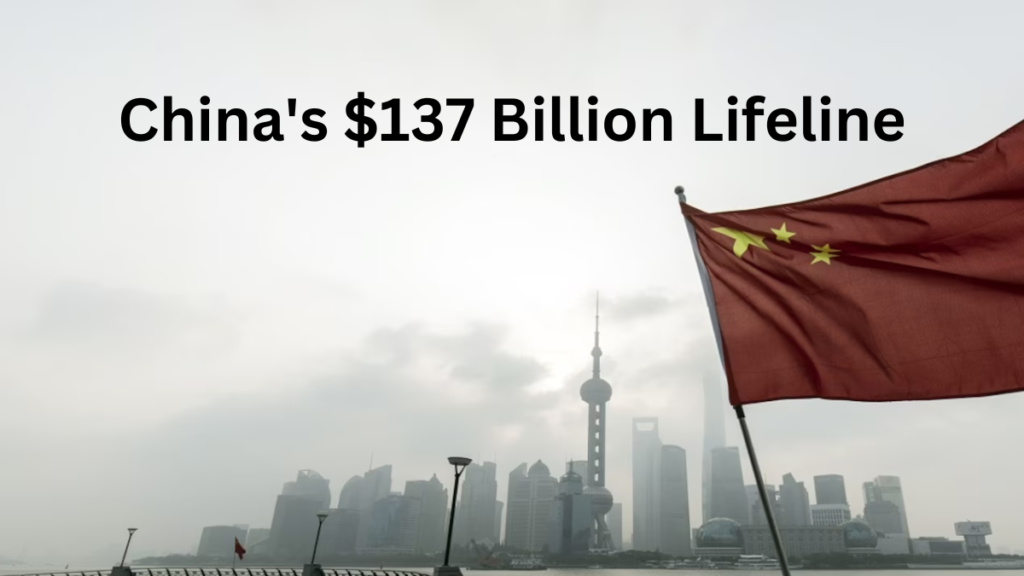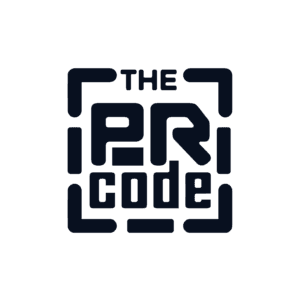
China's $137 Billion Lifeline A Bold Move to Resurrect its Housing Market
China’s $137 Billion Lifeline: In a bid to revitalize the nation’s struggling property market, China is gearing up for a significant financial intervention. The People’s Bank of China (PBOC) plans to inject at least $137 billion (1 trillion yuan) into urban village renovation and affordable housing programs. This ambitious initiative, spearheaded by Vice Premier He Lifeng, aims to counter the prolonged property market downturn, which has cast a shadow on economic growth and consumer confidence. The move comes amidst growing concerns about the financial stability of major developers who have recently faced defaults.
Table of Contents: China’s $137 Billion Lifeline

The Funding Mechanism
The PBOC intends to channel the funds through policy banks, with the ultimate goal of reaching households for home purchases. This financial injection will be implemented in phases and may involve mechanisms such as Pledged Supplemental Lending (PSL) and special loans. The government is contemplating initiating the plan as early as this month, marking a significant escalation in efforts to stabilize the property market.
Pledged Supplemental Lending (PSL) – A Controversial Tool
Often dubbed as “helicopter money,” the PSL program allows the central bank to provide low-cost funds to developers engaged in shantytown renovation projects. Developers utilize these funds to acquire land from local governments, triggering a chain reaction where cash subsidies are given to households affected by the renovation. These subsidies empower families to purchase either newly-built or existing apartments, thus boosting demand in the housing market.
While effective in addressing property market downturns, the PSL tool has its share of controversies. Initially introduced in 2014 to counter a similar market slump, it faced criticism for inflating real estate bubbles in lower-tier cities. The central bank had temporarily halted new PSL funds in 2019 as the shantytown projects concluded. However, it was briefly revived last year to support policy banks in providing financing for infrastructure development.
Economic Context
This latest move aligns with Beijing’s announcement of an unconventional fiscal stimulus last month, involving an increase in the budget deficit through the issuance of an additional 1 trillion yuan of sovereign bonds. Despite signs of improvement in the third quarter, the world’s second-largest economy is navigating a bumpy recovery path. Official data, expected to be released Wednesday, may indicate a faltering economic momentum in October.

Conclusion: China’s $137 Billion Lifeline
As China contemplates injecting $137 billion into its housing market, the implications are far-reaching. This bold step, led by Vice Premier He Lifeng, reflects the government’s commitment to stabilizing the property market and addressing the economic challenges posed by the prolonged downturn. While the move echoes past strategies, the evolving nature of the property market and the potential impact on lower-tier cities make this initiative a subject of close scrutiny. As the world watches, the success or challenges faced by this multi-billion-dollar injection will undoubtedly shape the trajectory of China’s economic recovery in the coming months.
TAGS: China’s $137 Billion Lifeline, China’s $137 Billion Lifeline, China’s $137 Billion Lifeline, China’s $137 Billion Lifeline, China’s $137 Billion Lifeline, China’s $137 Billion Lifeline, China’s $137 Billion Lifeline





